 Attachment Research Says It's Okay To Throw Pine Cones At Your Kids
Attachment Research Says It's Okay To Throw Pine Cones At Your KidsI was at the park the other day throwing pinecones at my kids when a horrified mother asked, ...
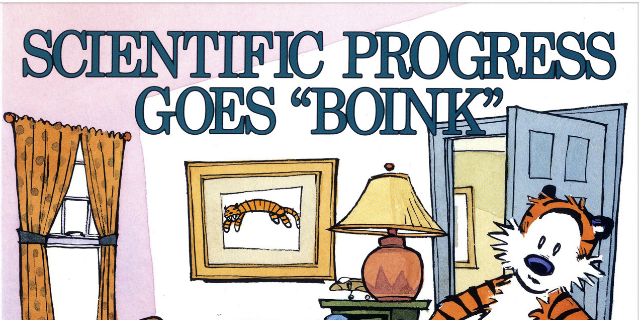 Why Calvin's Dad Rocks At Explaining Science To Children
Why Calvin's Dad Rocks At Explaining Science To ChildrenGary Larson tapped into the universal absurd. Charles Schulz helped us identify with the underdog...
 A New Kind Of Reward Teaches Intrinsic Motivation
A New Kind Of Reward Teaches Intrinsic MotivationI would like for my son, Leif, to play the violin. I’m a serious ex music geek and so in addition...

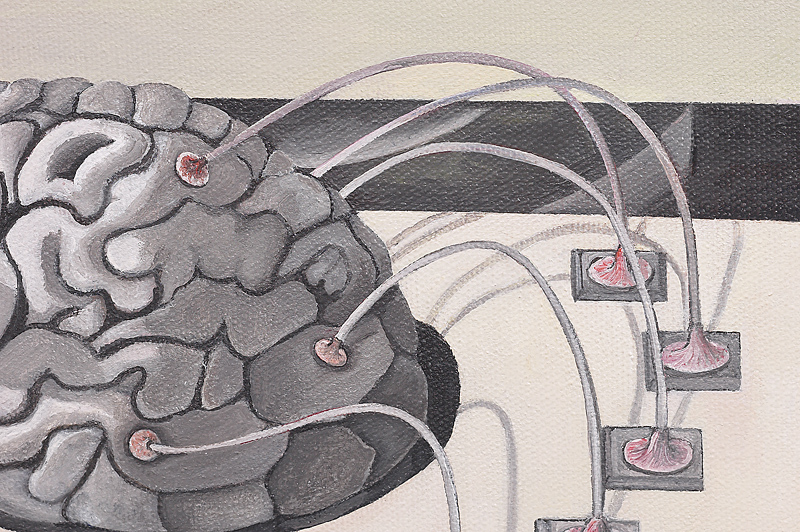


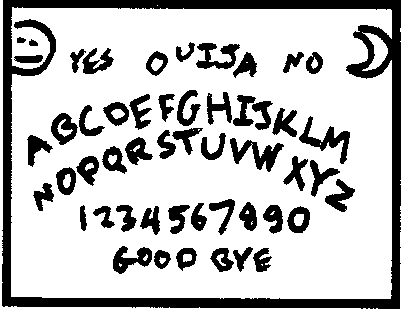
 The responsibility of Twitter updates got you down? D'you think about tweeting but never actually get around to it? Never fear, Adam Wilson is here. The University of Wisconsin-Madison biomedical engineering grad student removes the clunky and outdated interface of keyboard and lets his brain tweet for him.
The responsibility of Twitter updates got you down? D'you think about tweeting but never actually get around to it? Never fear, Adam Wilson is here. The University of Wisconsin-Madison biomedical engineering grad student removes the clunky and outdated interface of keyboard and lets his brain tweet for him. 



 In a classic experiment known as the Ultimatum Game, person A is given 10 coins to split between himself and person B. If person B accepts the distribution, they both keep the coins; if not, no one gets paid.
In a classic experiment known as the Ultimatum Game, person A is given 10 coins to split between himself and person B. If person B accepts the distribution, they both keep the coins; if not, no one gets paid.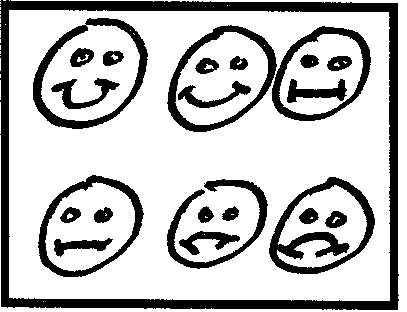
 The attention we give to (or withhold from) tragedies has little to do
The attention we give to (or withhold from) tragedies has little to do
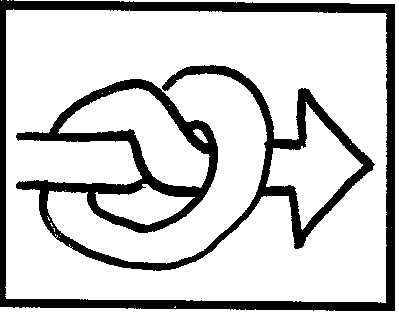 Here's how I roll: my wife loves three-dollar bagels from the Sunday farmers' market. And so she says, "let's get a loaf of bread, some flowers, and a flat of strawberries!" When we roll home with only bagels, I feel I've won.
Here's how I roll: my wife loves three-dollar bagels from the Sunday farmers' market. And so she says, "let's get a loaf of bread, some flowers, and a flat of strawberries!" When we roll home with only bagels, I feel I've won.
